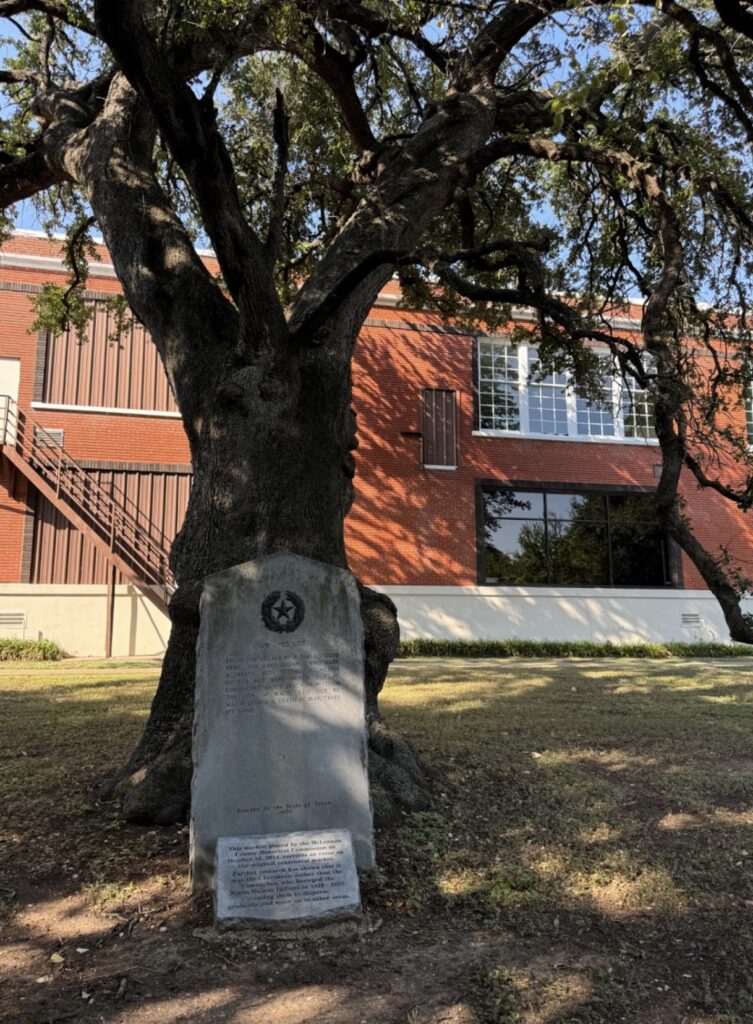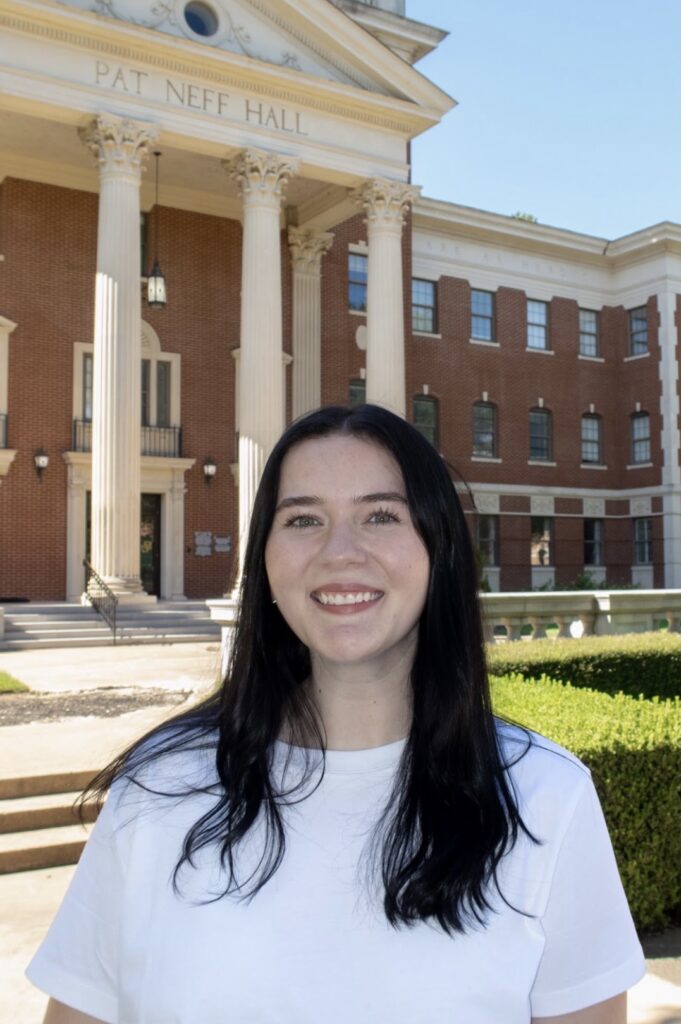Waco History Scavenger Hunt
The Waco History Scavenger Hunt, hosted by Waco History to kick off the celebration of the city’s 175th anniversary, began with beautiful weather on the weekend of September 7th, enhancing the enjoyment of our historical exploration. The morning started at the Saturday Farmers’ Market, where participants registered for the event, grabbed breakfast, and enjoyed live music.
The first stop in the scavenger hunt highlighted the early settlements on the Brazos, which included the Indigenous Waco tribe. This permanent settlement is believed to have been established as early as the 1700s, with the Waco people building bee-hive-shaped dwellings and cultivating crops such as pumpkins, lima beans, and corn. The Mexican government protected the Waco from a threatened raid involving Stephen F. Austin and his troops, which was ultimately resolved through a peace treaty. Over time, the Waco people were decimated and relocated by disease and white settlers, eventually being pushed to areas in Oklahoma.

This historical marker is placed outside the Taylor Museum of Waco and McLennan County History, which is currently undergoing extensive renovations to function as a research and learning center. The museum’s structure itself holds a rich narrative, as it was originally the first African American school in Waco. With a breeze flowing through the leaves of the massive trees, it feels like hallowed ground—an unexpected surprise in the midst of bustling Waco.

In addition to the Farmers’ Market and the Waco History Scavenger Hunt, the 2.4-mile open-water swim meet, “The Beast of the Brazos,” was taking place in the river that flows through our city. The Brazos River played a vital role in the development of Waco. Its shallow riverbeds allowed cattle drivers traveling along the Chisholm Trail to cross the 800-mile-long waterway. When the suspension bridge was constructed over the Brazos in 1870, the increased traffic brought immediate economic benefits, cementing Waco as the cotton and cattle capital of Texas. By the late 1800s, Waco was already rivaling the size of, offering ample opportunity, entertainment, and connectivity.

Soon, Waco became a hub for education. Baylor University moved from Independence in 1886, merging with Waco University. The resulting institution, centered in Old Main, provided classrooms, offices, and laboratories. Old Main was originally referred to as “Main Building” due to its central role in student life. Prior to the integration of Baylor University, McLennan Community College, and Texas State Technical College, the only educational option for Black Wacoans was Paul Quinn College, known as the “Athens on the Brazos.” Each of these institutions has significantly shaped Waco’s educational landscape.
After the Civil War, Black Wacoans pioneered their own spaces for opportunity, entertainment, and connectivity due to persistent racial discrimination. New Hope Baptist Church became a gathering space for African Americans and developed a renowned music program. The church nurtured talents like Jules Bledsoe, an international opera star. The current New Hope building, completed in 1923, stands as a symbol of resilience and optimism, as reflected in its name.


The Waco History Scavenger Hunt opened my eyes to many underrepresented and untold narratives of Waco. Gaining a deeper understanding of this city has fostered a greater appreciation for how our community has developed over time. Getting outside and involved in events like this is vital to cultivating community. Without participating in this event, I would not have witnessed the families, college students, and volunteers exploring the town to uncover stories that explain and shape their own experiences today.

Elizabeth Riley hails from Tennessee and is a senior double majoring in English and Professional Writing & Rhetoric at Baylor University. She works as a Transcription Assistant at the Baylor University Institute for Oral History and is the President of the Baylor Ice Girls for the 2024–2025 season.
